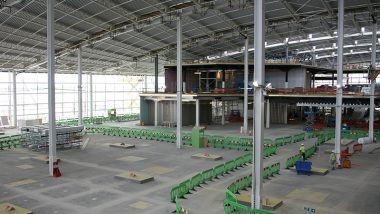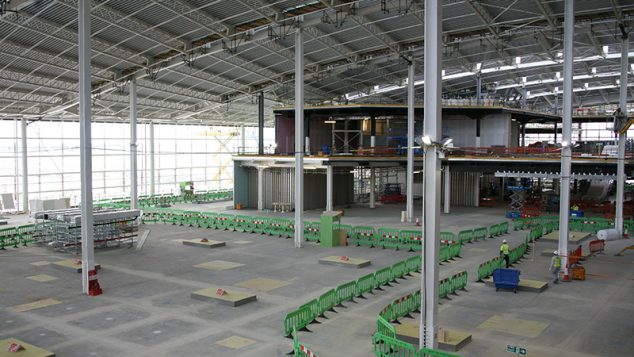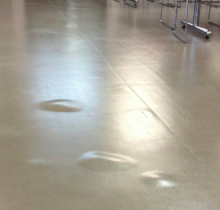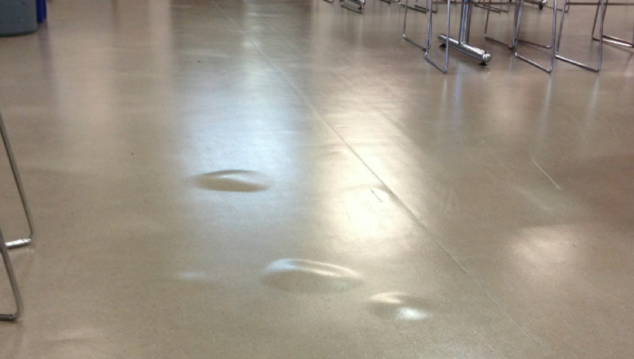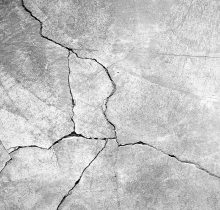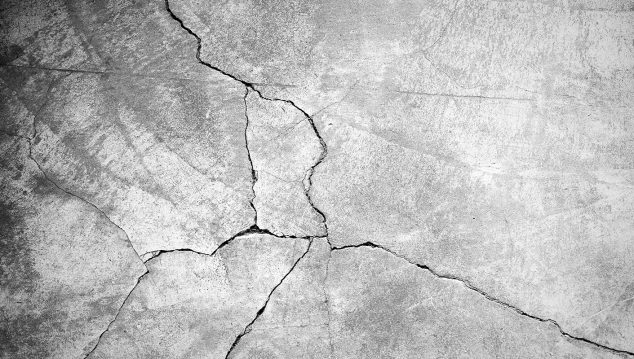What is RonaDeck Ultra Bound?
RonaDeck Ultra Bound is a unique two-component polyurethane resin which binds kiln-dried aggregates to produce a UV stable, SuDS compliant permeable surface. RonaDeck Ultra Bound provides an attractive porous surface which is strong enough for foot and light vehicle traffic. RonaDeck Ultra Bound is designed for use on pathways, patios, driveways, pool surrounds, tree pits and large open areas.
What makes RonaDeck Ultra Bound different?
The answer is, lots! But it all comes down to one factor……UV stability.
So, what makes RonaDeck Ultra Bound Unique? We are using new resin technology which protects the resin from heat and UV degradation.
In the UK there are only a few manufacturers of resin bound surfacing, of which Ronacrete are one. As the UK is one of the largest suppliers and users of resin-bound surfacing systems, most of the resin used globally is sourced from UK manufacturers, and the formulations are designed to work in the UK climate. This means that when used in climates which have high humidity and temperatures and more intense UV exposure, the cured resin will discolour and degrade. Due to the discolouration, only certain coloured aggregates are used, which limits what is a highly decorative surfacing system.
RonaDeck Ultra Bound is different. It uses a unique resin which has been formulated to withstand extreme heat and UV exposure. We have tested it in our QUV chamber in accordance with ASTM G154 Cycle 1 (1000 hours) which simulates Florida weather conditions. As you see from the images below, after testing, the Standard UV stable PU has discoloured but RonaDeck Ultra Bound remains virtually unchanged.
To measure the colour change of an object, we use a measurement called Delta E. This notes the change in visual perception of two given colours. Standard PU formulations achieve Delta E values above 30 whereas RonaDeck Ultra Bound achieves a value of 0.99. Delta E values of 2 and below are not considered to be visible to the human eye.
What are the other benefits of RonaDeck Ultra Bound?
We have shown how RonaDeck Ultra Bound retains its colour in extreme conditions, but how does RonaDeck Ultra Bound perform physically? UV degradation of Standard PU formulations will reduce the physical properties, in particular, the elasticity, toughness and the impact resistance of the surface. Properties of RonaDeck Ultra Bound are largely unaffected by exposure to UV light. In fact, in most cases, the physical properties of RonaDeck Ultra Bound actually improve.
So what does all of this mean?
For many years now, resin bound surfacing has been used in regions with extreme weather. Due to the colour change and performance of the resin systems currently being supplied to these regions, dark aggregates have to be used to hide the discolouration of the resin. RonaDeck Ultra Bound allows any colour of aggregate to be used – light aggregates will remain light and will keep their colour.
Other benefits of RonaDeck Ultra Bound is that the flexibility and elongation are not affected when exposed to these conditions. Tests have proven that the standard PU formulations lose their flexibility and elongation, embrittle and are more prone to shatter.
RonaDeck Ultra Bound has been independently tested for the Determination of scuffing, (TRL 176 Appendix G as amended by BBA ” Guidelines Document for the Assessment and Certification of High Friction Surfaces for Highways” March 2015) and had an erosion index of 0 which is the best result that can be achieved. This means that it has excellent abrasion resistance.





